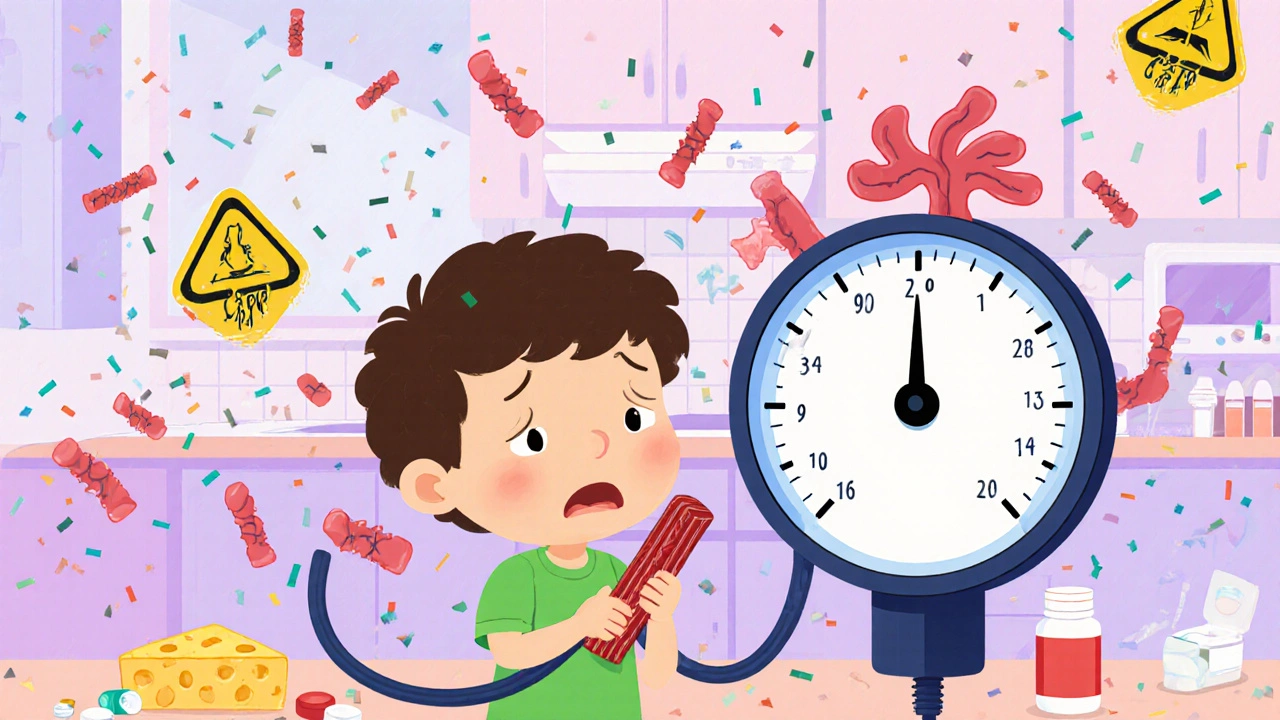Neurology & Critical Care: Easy Guides for Brain Health
Got questions about strokes, seizures, or managing brain swelling in the ICU? You’re in the right spot. This page pulls together short, no‑jargon articles that help you understand what’s happening in the brain and how doctors treat it. From medication dosing tricks to what to watch for at home, we keep the focus on what matters to patients and caregivers.
Top Articles You’ll Want to Read
We keep the list short and useful. Right now the headline piece is "Furosemide for Cerebral Edema: When It Helps, How to Dose, and Safety Tips". It breaks down why a common loop diuretic can be a lifesaver for brain swelling, compares it to mannitol and hypertonic saline, and shows you the dosing numbers you’ll hear in the ICU. If you’ve ever wondered when doctors choose furosemide over other options, this guide has the answer.
Other upcoming reads will cover topics like early signs of increased intracranial pressure, basics of mechanical ventilation, and how to support a loved one after a traumatic brain injury. Each article follows the same pattern: plain language, clear bullet‑point takeaways, and a quick safety checklist.
Why Accurate, Simple Info Saves Lives
When you’re dealing with a brain condition, every hour counts. Knowing the right dosage of furosemide, for example, can keep swelling under control and avoid unnecessary complications. That’s why we stick to clinician‑reviewed facts and discard the fluff. Think of it as your personal cheat sheet – the kind of thing you can share with a nurse or family member without sounding like a medical textbook.
We also explain the “why” behind each recommendation. Instead of just saying “monitor electrolytes,” we tell you which labs to watch, how often they’re checked, and what red‑flag numbers mean. This way you can ask the right questions at the bedside and feel confident that you’re on top of the situation.
Our goal isn’t to replace professional advice, but to give you a solid foundation so you can understand the conversation your doctor is having. When you know the basics of intracranial pressure management, you’re less likely to be overwhelmed by medical jargon and more likely to spot when something isn’t going right.
Browse the list, click on a title that matches your situation, and start with the quick‑read summary. If you need deeper detail, we’ve added expandable sections that dive into the science without getting bogged down in equations. And whenever you finish an article, you’ll see a short checklist you can print or save on your phone.
Remember, brain health isn’t just about pills and machines – it’s also about staying informed, asking clear questions, and having a reliable resource you can trust. Let this page be that go‑to spot whenever you or a loved one face a neurological challenge.








